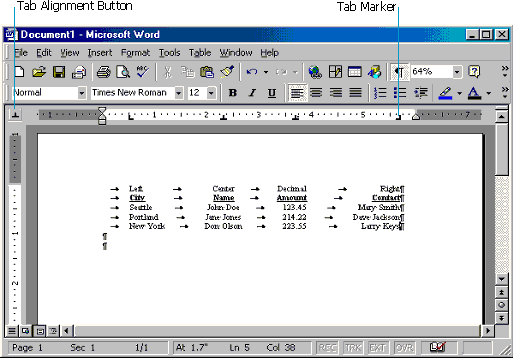

Most fonts, however, don't have such characters for other less-common fractions. This is because Word replaces those characters with actual single-character font representations of those fractions. The same is true for other common fractions, such as 1/4 and 3/4. DDE has now been disabled in modern Office as a security risk.You may have noticed that if you type 1/2 in a Word document, the characters are converted automatically to a very nicely formatted fraction. There was an older ‘ Dynamic Data Exchange‘ system available for communication between Office apps. It’s the easiest to use, just insert into the merge document and it’ll appear exactly the same as in Excel.

‘PercentageasText’ locks you into a single format to display in Word. There may be cases where you use the same Excel data in different formats for the mail merge. Probably ‘Percentagex100’ is the better choice since it sends a number (not text) to Word that you can format in any way you wish. Įither ‘Percentagex100’ or ‘PercentageasText’ will work in a Word mail merge. PercentageasText: is the column B value converted to text (using the TEXT function) with percentage formatting applied. Percentagex100: is the fraction from column B multiplied by 100. This is the usual way percentages are handled in Excel.Īctual Value: exposes the value in column B in the way Excel stores it, in other words as a fraction. Percentage: Column B is the fraction (eg 0.12) displayed as a percentage. Here’s a sample worksheet that shows you two different ways to ‘massage’ a percentage into a Word friendly form (the data is fictional): The most direct option is to add some columns in Excel with versions of the percentage figure that you can use in Excel. Remember to press Ctrl + F9 to make the field – not the curly brackets on the keyboard. This lets you multiply the number coming from Excel by 100 before formatting. To do it embed the MERGEFIELD inside another Word field.

You can change the decimal fraction (eg 0.738) to a percentage (73.8) in Word. Normally, a Word mail merge will import the raw number from Excel and let you format it in way we’ve described before.Īs usual, there’s more than one solution to the problem: Formatting in Word For example 25% is stored in Excel as 0.25. How can you put percentages into a Word mail merge?įollowing our article on importing Excel data into a Word mail merge, here are the options for using percentages.Įxcel might show a percentage but the number stored is a fraction.


 0 kommentar(er)
0 kommentar(er)
